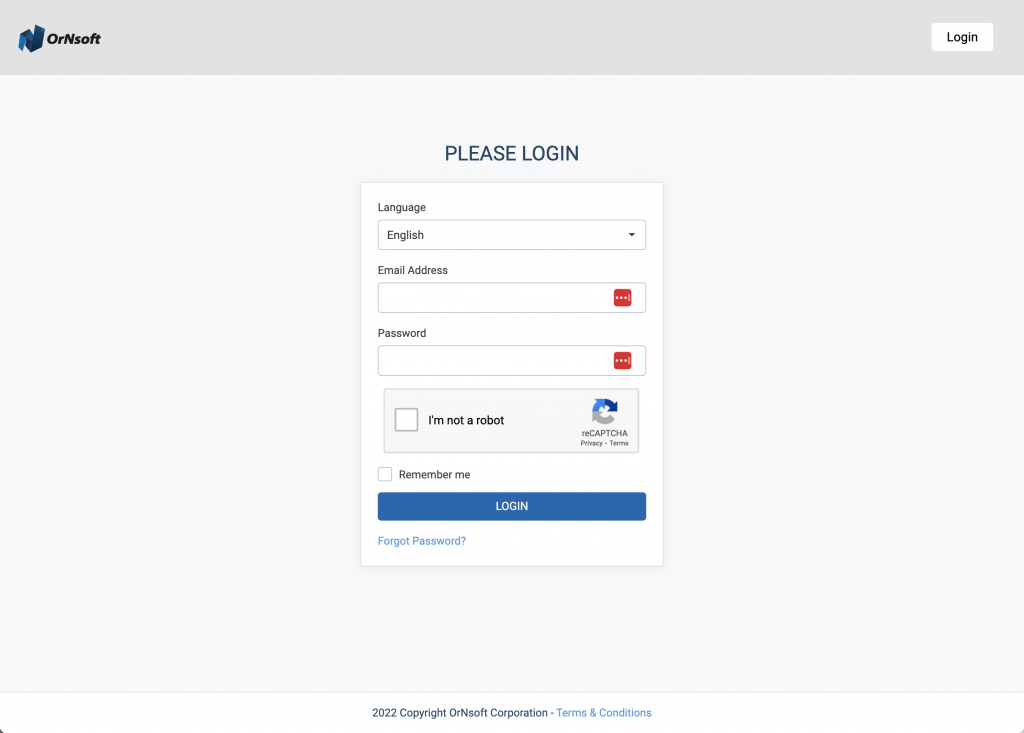Introduction
In the realm of computer science and artificial intelligence (AI), algorithms play a crucial role in solving complex problems. One such powerful and widely used algorithm is the A (pronounced "A-star") search algorithm. This article aims to shed light on the A search algorithm, its history, importance, practical applications, and its role in modern enterprises.
What Is A* Search Algorithm?
The A* Search Algorithm is a pathfinding and graph traversal algorithm, which is used to find the most efficient route between two nodes in a graph. It is an extension of Dijkstra’s algorithm, a popular algorithm for finding the shortest paths between nodes in a graph. The A* algorithm uses a best-first search and finds a path that minimizes the cost from the start node to the goal node. It is widely used in various fields such as AI development, robotics, and game development.
History of A* Search Algorithm
The A* search algorithm was first introduced in 1968 by Peter Hart, Nils Nilsson, and Bertram Raphael of Stanford Research Institute. They developed it as part of the Shakey project, which aimed to build a mobile robot capable of planning and executing tasks. Over the years, the algorithm has seen numerous enhancements and is now a fundamental part of pathfinding and graph traversal solutions. Its current relevance lies in its ability to provide an efficient, accurate, and flexible method for navigating complex environments.
Importance of A* Search Algorithm
In the current tech landscape, the A* search algorithm is highly valued for its effectiveness and versatility. It is especially significant in the field of AI, where it is used to navigate complex environments and find optimal solutions to problems. The algorithm’s ability to calculate the most efficient path between two points makes it an essential tool in AI development. It is also used in machine learning, where it helps in the decision-making process by finding the best possible outcome.
Practical Applications
The A* search algorithm has a wide range of real-world applications. In the field of robotics, it is used to guide autonomous vehicles and robots through complex environments. In game development, it is used to control the movement of characters and to create realistic and challenging AI opponents. The algorithm is also used in mapping services like Google Maps, where it helps in finding the shortest route between two locations.
The Role of A* Search Algorithm in Modern Enterprises
Modern enterprises are increasingly leveraging the A search algorithm to enhance their operations and decision-making processes. For instance, logistics companies use the algorithm to optimize their delivery routes, thereby reducing costs and improving efficiency. In the field of AI solutions, the algorithm is used to develop intelligent systems capable of making optimal decisions. Furthermore, the A search algorithm is a key component of CEErtia, a software solution provided by OrNsoft that aids businesses in improving their efficiency and productivity.
Case Study
A notable case of the successful implementation of the A search algorithm is its use in the popular game, Pac-Man. The game uses the algorithm to control the movement of the ghosts, making them follow the most efficient path to the player. This application of the A search algorithm has greatly contributed to the game’s enduring popularity and challenge.
Future Outlook
The future of the A* search algorithm looks promising, with potential applications in emerging fields like drone navigation and autonomous driving. As technology continues to advance, we can expect to see even more sophisticated and efficient uses of the algorithm.
Conclusion
In conclusion, the A search algorithm is an essential tool in the field of computer science and AI. Its ability to find the most efficient path between two points has made it an indispensable part of various applications, from robotics to game development. As technology continues to evolve, the importance and applications of the A search algorithm are only set to increase.
Intrigued by the potential of AI for your business? Schedule a free consultation with us here.

